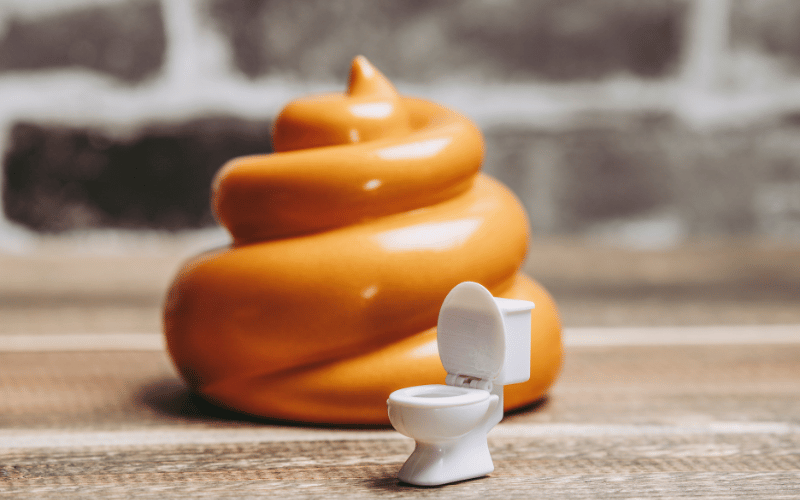Symptom 7: Pale Stools

Stool color, though not a regular topic of conversation, can be a vital health indicator. In AIH, pale or clay-colored stools emerge as a symptom, signaling a disruption in the liver’s bile production. Bile, a digestive fluid produced by the liver, imparts the typical brown color to stools. An AIH-compromised liver can affect bile secretion, leading to the appearance of pale stools.
The mechanism is straightforward. Bile aids in the digestion of fats and also helps in the elimination of processed bilirubin. When liver function diminishes, so does bile production and excretion. The result? Stools that lack their typical hue.
While pale stools in isolation might not raise alarm bells, in conjunction with other AIH symptoms, they paint a broader picture. They stand testament to the liver’s impaired function, reinforcing the need for medical evaluation.
Recognizing this change and understanding its significance can lead to prompt medical interventions. The human body, in its wisdom, offers various cues about its internal state. Pale stools, within the AIH narrative, are one such cue, nudging individuals to seek timely care. (7)